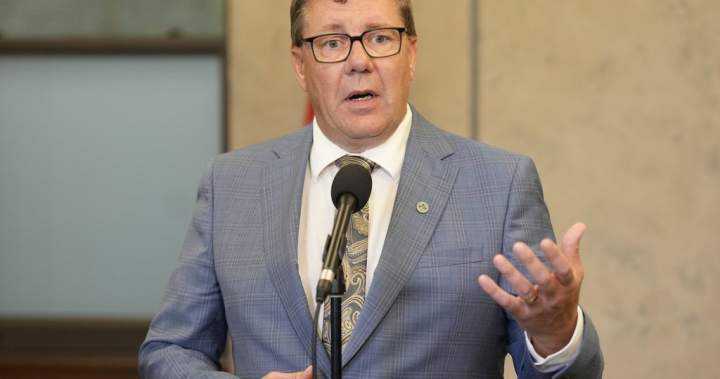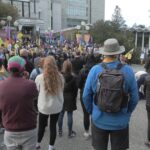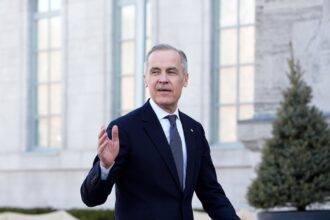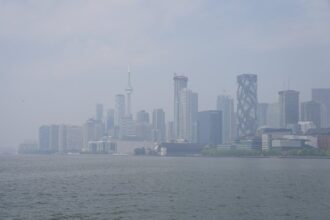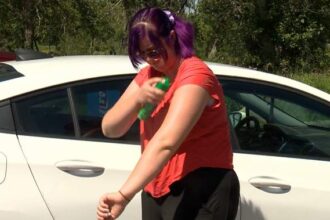Saskatchewan Premier Scott Moe made an unannounced visit to the fire-ravaged northern community of Stony Rapids this week, offering provincial support and witnessing firsthand the devastating aftermath of wildfires that have scorched the region.
The premier, alongside Government Relations Minister Don McMorris, touched down in the remote community on Monday, where they met with local officials, emergency responders, and residents affected by the relentless blaze that forced hundreds to evacuate earlier this month.
“The resilience displayed by northern communities facing these unprecedented challenges is truly remarkable,” Premier Moe said during his visit. “Our government remains committed to supporting the recovery and rebuilding efforts in every way possible.”
Stony Rapids, located approximately 800 kilometers north of Saskatoon near the Northwest Territories border, has been one of several northern Saskatchewan communities battling aggressive wildfires amid challenging conditions. The community, which normally houses about 250 residents, has seen significant infrastructure damage and disruption to essential services.
During the tour, local officials briefed the premier on immediate concerns, including damaged power lines, compromised water systems, and the logistical challenges of returning displaced residents to their homes. The Saskatchewan Public Safety Agency confirmed that while the immediate threat has diminished, crews continue working to secure the area from hotspots and potential flare-ups.
“What we’re seeing is the culmination of exceptionally dry conditions combined with high winds that created a perfect storm for these fires,” explained wildfire management specialist Melissa Johnston. “The intensity and speed with which these fires moved caught many communities by surprise despite preparedness efforts.”
The provincial government has allocated emergency response funding to address immediate recovery needs, though local leaders emphasize that long-term support will be necessary. Chief William Larue of the nearby Black Lake First Nation stressed the importance of sustainable recovery planning.
“We appreciate the premier’s visit and commitment, but our people need assurances that support will continue beyond the immediate crisis,” Chief Larue noted. “The emotional and psychological toll on evacuated families cannot be underestimated.”
Saskatchewan has faced one of its most challenging wildfire seasons on record, with the province’s emergency management teams responding to over 200 fires since May. Climate scientists have pointed to the increasing frequency and intensity of northern wildfires as consistent with climate change projections for the region.
Premier Moe acknowledged these concerns, noting that the provincial government is reviewing its wildfire management strategies. “We must evaluate our preparedness and response capabilities given what appears to be an evolving threat landscape for our northern communities,” he said.
For residents like Eleanor Tsannie, who returned to inspect her family home after two weeks in evacuation centers, the premier’s visit represented a meaningful acknowledgment of their plight. “It means something when leadership comes to see with their own eyes what we’re going through,” Tsannie said. “Now we need that understanding to translate into meaningful help as we rebuild.”
The Saskatchewan government has indicated that further announcements regarding recovery funding and support programs will be forthcoming in the next two weeks, as damage assessments are completed across affected areas.
As northern Saskatchewan communities begin the arduous process of rebuilding, the question remains: how will provincial disaster management policies evolve to address what scientists warn could become the new normal for Canada’s northern regions in the face of climate change?

